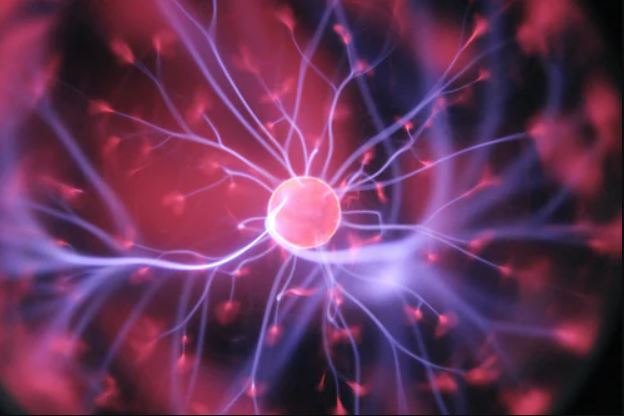Overview Of Hodgkin’s Disease
Hodgkin’s Disease is another name for Hodgkin lymphoma, which is a cancer of Lymph tissue. Lymph tissue is found in the lymph nodes, spleen, liver, bone marrow, and other sites.
Causes Of Hodgkin’s Disease
The cause of Hodgkin’s disease is not known. Hodgkin’s disease is most common among people 15 to 35 years old and 50 to 70 years old. Past infection with the Epstein-Barr virus (EBV) is thought to contribute to some cases. People with HIV infection are at increased risk compared to the general population.
Symptoms
The first sign of Hodgkin’s disease is often a swollen lymph node that appears without a known cause. The disease can spread to nearby lymph nodes. Later it may spread to the spleen, liver, bone marrow, or other organs.
Symptoms may include any of the following:
- Feeling very tired all the time
- Fever and chills that come and go
- Itching all over the body that cannot be explained
- Loss of appetite
- Drenching night sweats
- Painless swelling of the lymph nodes in the neck, armpits, or groin (swollen glands)
- Weight loss that cannot be explained
Other symptoms that may occur with Hodgkin’s disease:
- Coughing, chest pains, or breathing problems if there are swollen lymph nodes in the chest
- Excessive sweating
- Pain or feeling of fullness below the ribs due to swollen spleen or liver
- Pain in lymph nodes after drinking alcohol
- Skin blushing or flushing
- Symptoms caused by Hodgkin’s disease may occur with other conditions. Talk to your health care provider about the meaning of your specific symptoms.
Exams & Tests
The provider will perform a physical exam and check body areas with lymph nodes to feel if they are swollen. The disease is often diagnosed after a biopsy of suspected tissue, usually a lymph node.
The following procedures will usually be done:
- Blood chemistry tests including protein levels, liver function tests, kidney function tests, and uric acid level
- Bone marrow biopsy
- CT scans of the chest, abdomen, and pelvis
- Complete blood count (CBC) to check for anemia and white blood count
- PET scan
- If tests show that you have Hodgkin’s disease, more tests will be done to see how far cancer has spread. This is called staging. Staging helps guide treatment and follow-up.
Treatment Of Hodgkin’s Disease
Treatment depends on the following:
- The type of Hodgkin’s disease (there are different forms of Hodgkin lymphoma)
- The stage (where the disease has spread)
- Your age and other medical issues
- Other factors, including weight loss, night sweats, and fever
- You may receive chemotherapy, radiation therapy, or both. Your provider can tell you more about your specific treatment.
High-dose chemotherapy may be given when Hodgkin’s disease returns after treatment or does not respond to the first treatment. This is followed by a stem cell transplant that uses your own stem cells.
You and your provider may need to manage other concerns during your treatment, including:
- Managing your pets during chemotherapy
- Bleeding problems
- Dry mouth
- Eating enough calories



